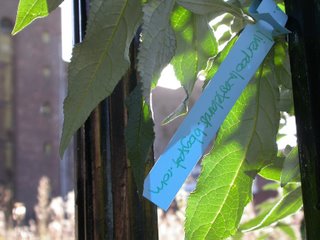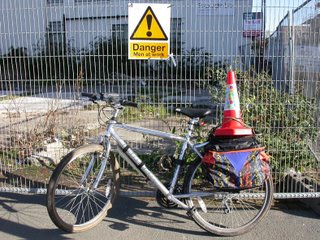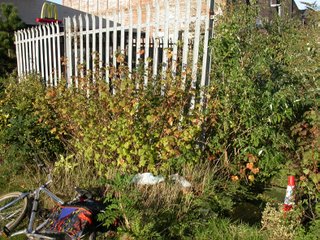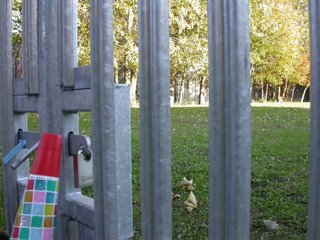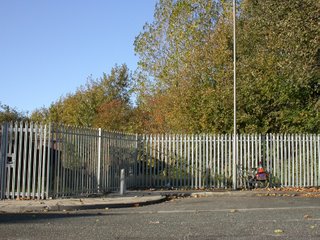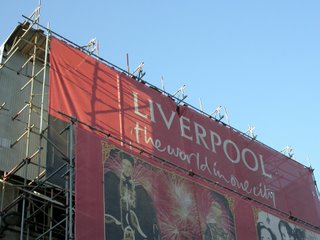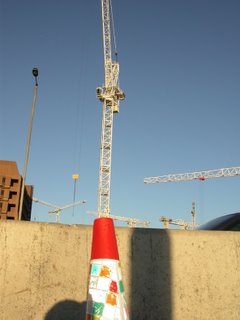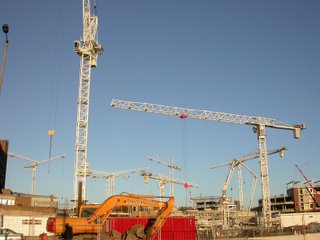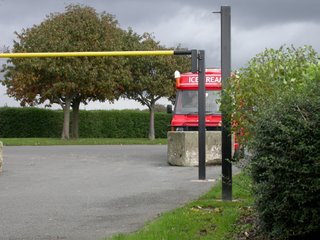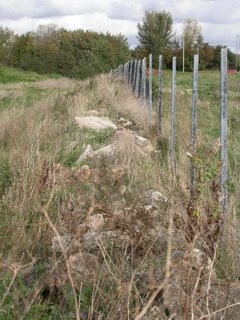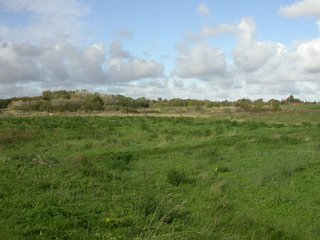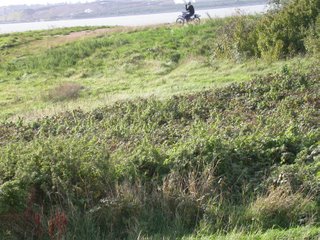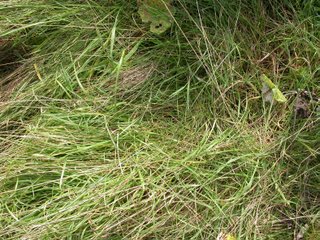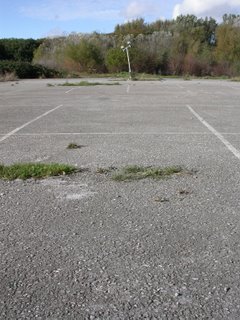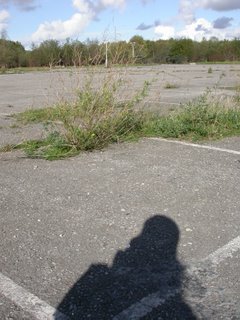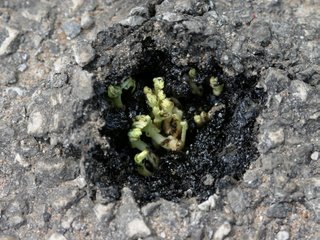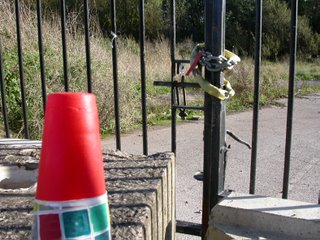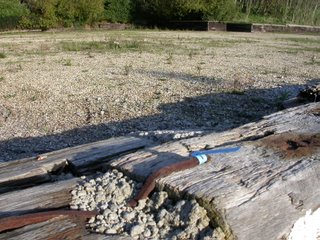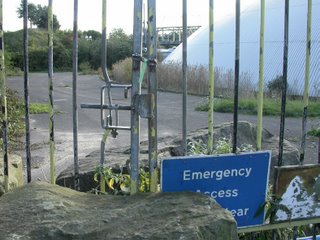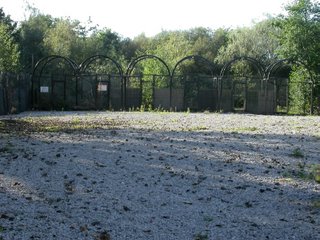
Struck down by a cold of great magnitude, snotty nosed and breathless, I considered it wise not to cycle the streets of Liverpool, but take a few days off and switch my attention to other matters. Instead of ‘the other matters’, I found myself pontificating over something one of the Newcastle art students had said…
“Yes, but what is it you are doing? I don’t understand what you do – it’s not like painting…”
Perhaps their question has more to do with…
“Why is this art?” or “Is it art?”
The answer to these questions is in the realms of academic theory – not my blogspot ramblings.
But not wishing to be totally evasive on the subject of ‘art’… I thought I should tap out some thoughts on the subject…
I re-present landscapes within a creative framework, as I see and experience them. I am representing what I see. My representation might not be in a traditional medium – painting, sculpture, etc, but non-the-less, I am challenging ideas of aesthetics and ways of seeing (At this pint I could reference John Bergers Book “Ways of Seeing”, but shan’t).
In liverpoolwastelands? I am engaged in a creative process that could be described as Performative Happening, or process-based artwork. It also has other names like slow activism, socially engaging, and new genre public art. Arising from arts practice that was pushing boundaries and challenging Fine Art as defined by hierarchical institutions, the critical debate began in the United States well over a decade ago. In 1995 American artist Suzanne Lacy edited and co authored “Mapping The Terrain – New Genre Public Art”, in which radically different working methods of artists were debated within the context of art history and (the then current) [public] art criticism. In Chapter 1, Mary Jane Jacobs critiques process-based work far more eloquently than I care to on this blogspot. When Jacobs writes “the roots of these changes can be found in artists’ practices of the last 25 years…”(p52), add a year for the writing and publishing, and another 11 to bring us into 2006, plus the 25, and you get a conservative estimate of a 37 year history of arts practice that is process based, of the every day, part of the environment, and outside of the establishment. In the last Chapter, Suzanne Lacy writes, “what artists do and what they “ought” to do constitutes a territory for public debate in which we seek a broadening paradigm for the meaning of art in our times” (p171). For those of you who are interested and would like to know more – please do read the book. In fact, re reading the book whilst in my ‘sick bed’, it struck me that it could have been newly published; ‘process as product’ is still debated, and in Public Art often under accepted in the U.K.
For years I have earned my crust as a public artist and have to say, business is far more lucrative when I make a product – the majority of commissioners literally like to see what they are paying for. And a shifting practice from object based to process based perturbs some people. If what an artist does doesn’t fit the perception of what art is then perhaps it is something else…?
During the past 12 months, M.A. Fine Art lectures and post-graduate and undergraduate students studying art have proposed the following about my work:
All begin with “So are you…
…more of a social worker?
…an ecologist?”
…a conservationist?”
…a social activist?”
And the answer is No to all of the above – I am in fact an artist interested in All the above…
And this way of working’s got a history of 37 years – it’s is nothing new, which is a crying shame as I would love to be a pioneer, a true pusher of boundaries and shifter of paradigms…
There are many artists practicing process-based, socially engaging etc. etc. artwork. Often this type of work takes place in ‘hard to reach’ communities or non-predictable places - like wastelands. Because an end product is not the focus of the work, there is not always something concrete to exhibit. Artists I have spoken with who work in this way often discuss how best to record, and/or show their process artwork. But the problem is; if you start to think about ‘exhibition’ or public art product, you can easily compromise the process. So you don’t often see this type of work in galleries – and therefore it tends to remain low profile work.
I find out about artists working in this way through searching the web, reading art journals and books, and going to artist’s talks and conferences.
Two artists in the Independents Biennial who work in this way spring to mind – Nina Edge and Jean Grant. And there are likely to be others…
